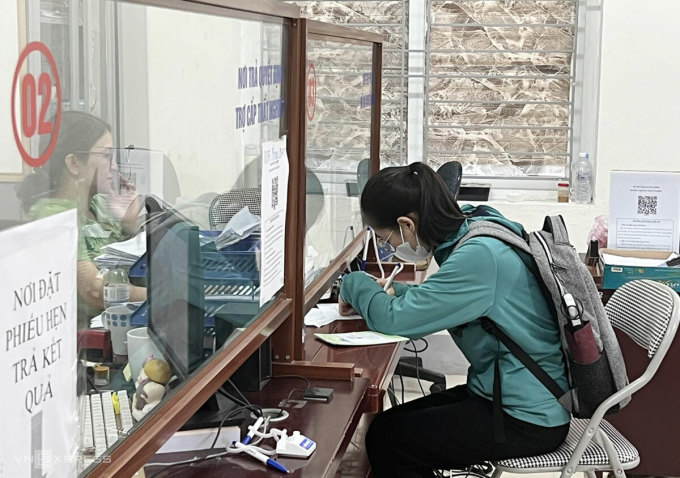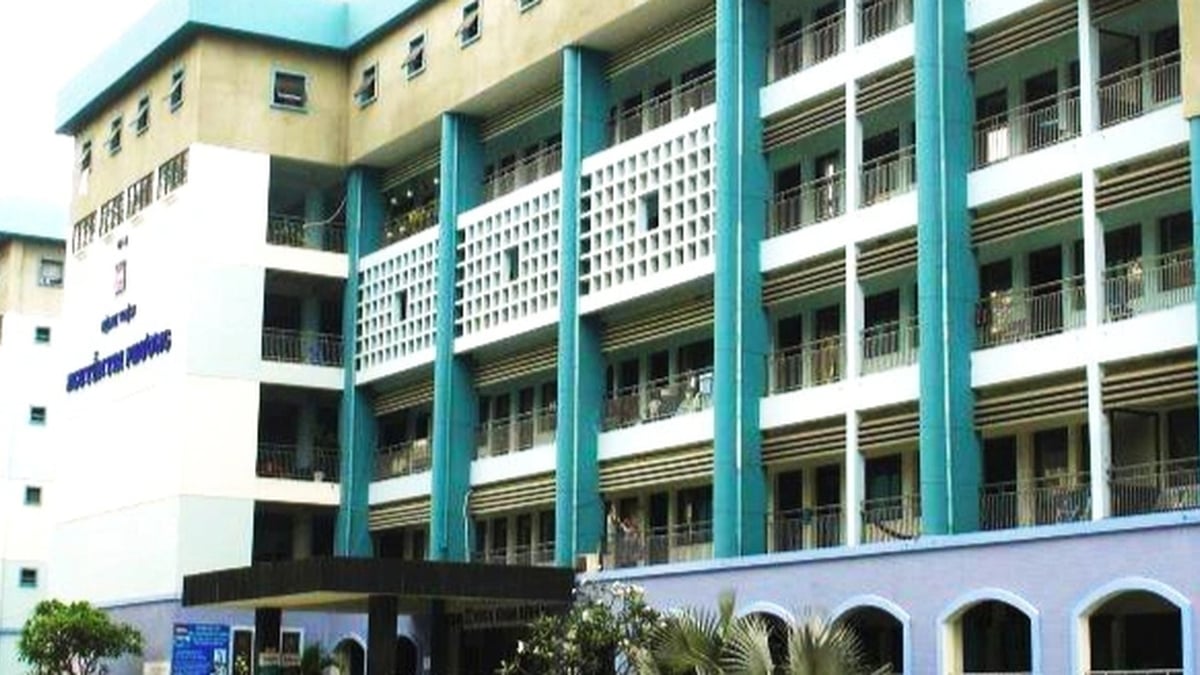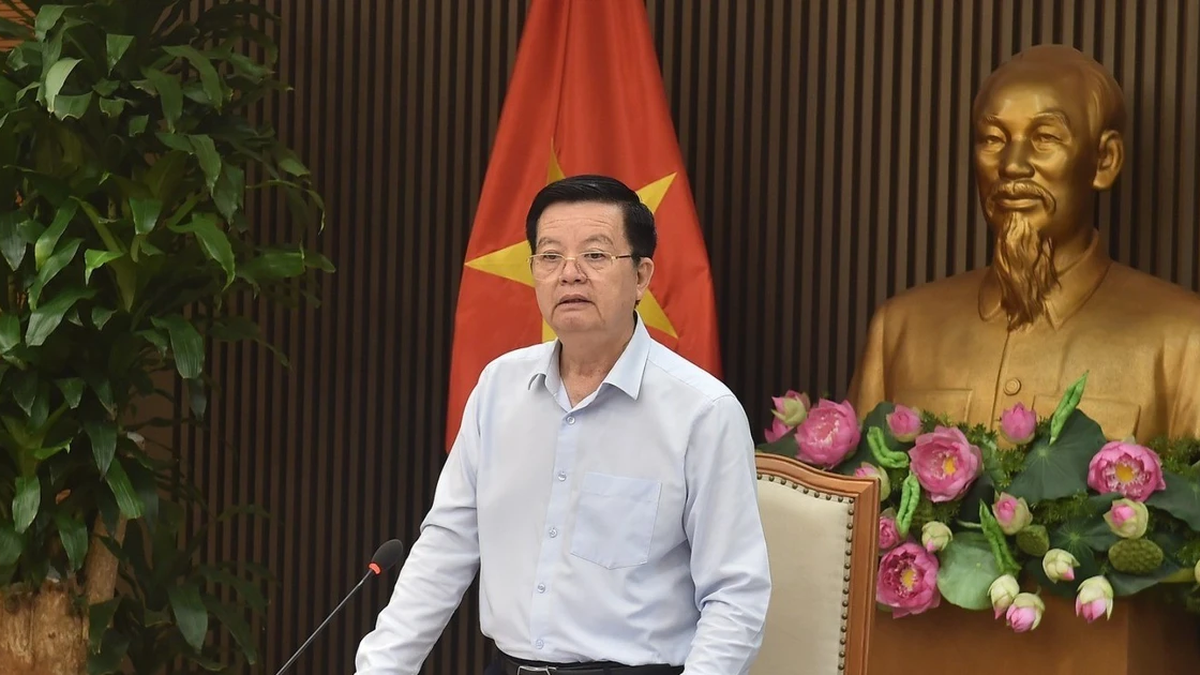The Unemployment Insurance Fund balance by the end of 2022 is estimated at VND 59,300 billion, and is expected to increase to more than VND 62,400 billion this year.
The Government has just sent a report to the National Assembly on the implementation of social insurance (SI) policies, fund management and use in 2022. Accordingly, the whole country has more than 14.3 million people participating in unemployment insurance (UI), an increase of nearly 930,000 people compared to the same period. Total revenue decreased by nearly VND 2,600 billion (about 15%), reaching VND 14,420 billion while expenditure was about VND 19,700 billion.
In the same year 2022, the number of workers applying for unemployment benefits increased by nearly 23% compared to the same period, about 983,000 people. Most workers chose to receive subsidies, while the number of people supported to learn a trade was only about 21,800 people. Hanoi, Ho Chi Minh City, Dong Nai, Binh Duong , Can Tho, Vinh Long are the localities with the most vocational training support, reaching from 1,000 to 3,000 people.

Workers apply for unemployment benefits at Nghe An Employment Service Center, July 2023. Photo: Hai Binh
The average salary for social insurance contributions has not fluctuated much, reaching about 5.56 million VND in the 2022-2023 period, an increase of nearly 30,000 VND compared to 2021.
At the Labor Forum at the end of July, workers proposed that the National Assembly amend the law to increase the subsidy and reduce the contribution rate to less than 1% for workers, because the surplus fund is large while the subsidy level is limited. Workers believe that the subsidy equal to 60% of the average monthly salary for unemployment insurance contributions for the six consecutive months before quitting the job is low.
In the first six months of the year, the Ministry of Labor, War Invalids and Social Affairs recorded about 562,000 workers applying for unemployment benefits. The largest number of workers were in five fields: tailors, embroiderers, assemblers, sales staff, electronics technicians and accountants. The beneficiaries were mainly in large cities with many industrial zones.
The regulator predicts that this situation will increase in the context of job cuts lasting until early 2024. Some industries will continue to have fluctuations in human resources, such as textiles, which may cut 123,000 people; agriculture and services, which will reduce 78,000 people; and retail, which will reduce 32,000 people.
Unemployment insurance is a regime that partially compensates the income of workers when they lose their jobs, supports workers in learning a trade, and finding jobs based on contributions to the Unemployment Insurance Fund. Within 3 months from the date of termination of the labor contract, workers must submit an application for unemployment benefits to the provincial or municipal Employment Service Center to complete the procedures.
The monthly unemployment benefit is equal to 60% of the average monthly salary for unemployment insurance contributions of the 6 consecutive months before leaving work, not exceeding 5 times the basic salary or regional minimum wage. The duration of benefits is calculated based on the number of months of unemployment insurance contributions. If you pay 12-36 months, you will receive 3 months of unemployment benefits; if you pay an additional 12 months, you will receive an additional month of benefits, not exceeding 12 months.
Hong Chieu
Source link

























![[Photo] National Assembly Chairman attends the seminar "Building and operating an international financial center and recommendations for Vietnam"](https://vphoto.vietnam.vn/thumb/1200x675/vietnam/resource/IMAGE/2025/7/28/76393436936e457db31ec84433289f72)









































































Comment (0)